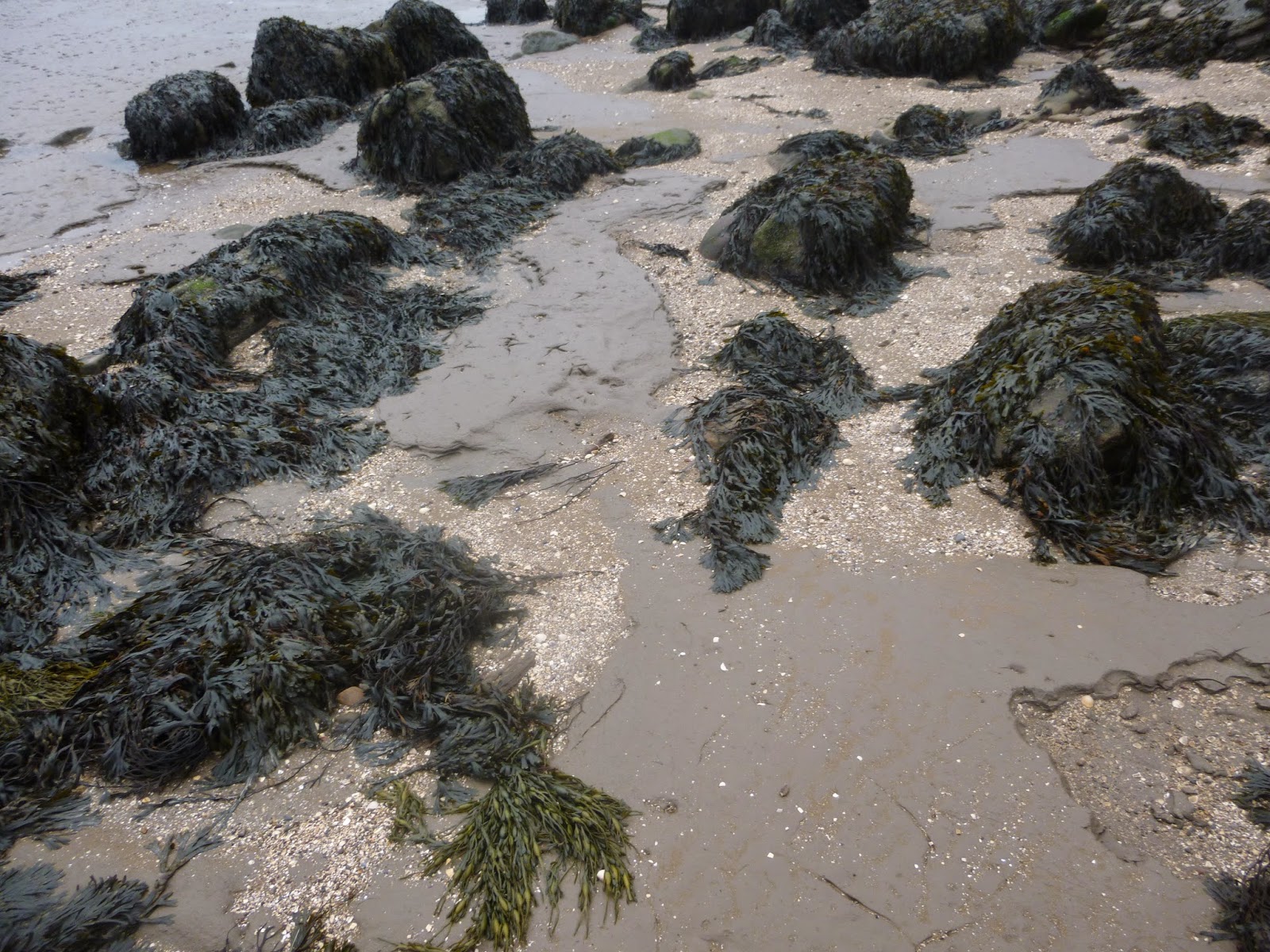 |
| The tide was out and it looked very easy walking but soon became quite difficult. |
 |
| Much work is going on near Carsethorn to protect the sea defences and this digger is preparing an embankment soon to be covered in granite rocks. |
 |
| This is what the end result will be like as it is the house and garden being protected |
 |
| This imposing rock formation is called the Thirl Stane Arch |
 |
| An indication of its size |
 |
| In many of the fields near the shore there were huge flocks of Geese feeding on the fields of corn stubble. |
 |
| The end of the 6.5 mile walk and the lovely Steamboat Inn where we enjoyed a nice Bar Lunch and a drink. |





1 comment:
An excellent set of pictures
Post a Comment